
Explore the depths of Raman Spectroscopy
Raman spectroscopy is a cornerstone analytical technique, revolutionizing research and industry across materials science, pharmaceuticals, and beyond. Its ability to provide non-destructive, highly specific chemical analysis makes it indispensable for material characterization, chemical fingerprinting, and real-time process monitoring—all with minimal sample preparation.
This content hub serves as a comprehensive resource for scientists and professionals looking to harness the full potential of Raman spectroscopy. SelectScience® is pleased to collaborate with HORIBA, a leader in Raman spectroscopy, to provide this curated collection of materials.
Through HORIBA’s expertise and contributions, this hub offers researchers access to cutting-edge knowledge and solutions that drive progress in analytical science. Explore in-depth applications, technical insights, and expert guidance to advance your research and innovation.
Fundamentals of Raman spectroscopyApplications of Raman SpectroscopyThe characterization of 2D materialsInnovative Raman solutions
Decoding Raman spectroscopy: What it measures and why it matters
Raman spectroscopy is a powerful analytical technique that provides critical insights into the molecular structure and composition of materials. By measuring the vibrational modes of molecules, it enables researchers to identify chemical bonds, analyze structural characteristics, and gain a deeper understanding of complex substances — all without altering the sample.
This section explores the fundamental principles behind Raman spectroscopy, explaining how it allows researchers to develop a comprehensive understanding of the materials they analyze through measuring the scattering of light. Explore why this capability is invaluable across fields such as materials science, pharmaceuticals, and life sciences. From identifying unknown compounds to monitoring chemical changes in real time, Raman spectroscopy continues to evolve as a versatile and non-destructive tool for scientific discovery.

This brochure explores innovative solutions in Raman spectrometry, designed for industries like pharmaceuticals, life sciences, environmental science, and materials research. Gain insight into advanced instruments which deliver high sensitivity, resolution, and user-friendly operation for precise molecular analysis. Discover Raman spectroscopy’s ability to measure molecular vibrations, providing insights into chemical composition and structural properties. Plus, explore cutting-edge tools like NanoRaman and automated systems for enhanced imaging and data analysis. With the Raman Academy offering training and resources, along with robust customer support, the potential of the user can maximize their spectroscopy systems.
Download resource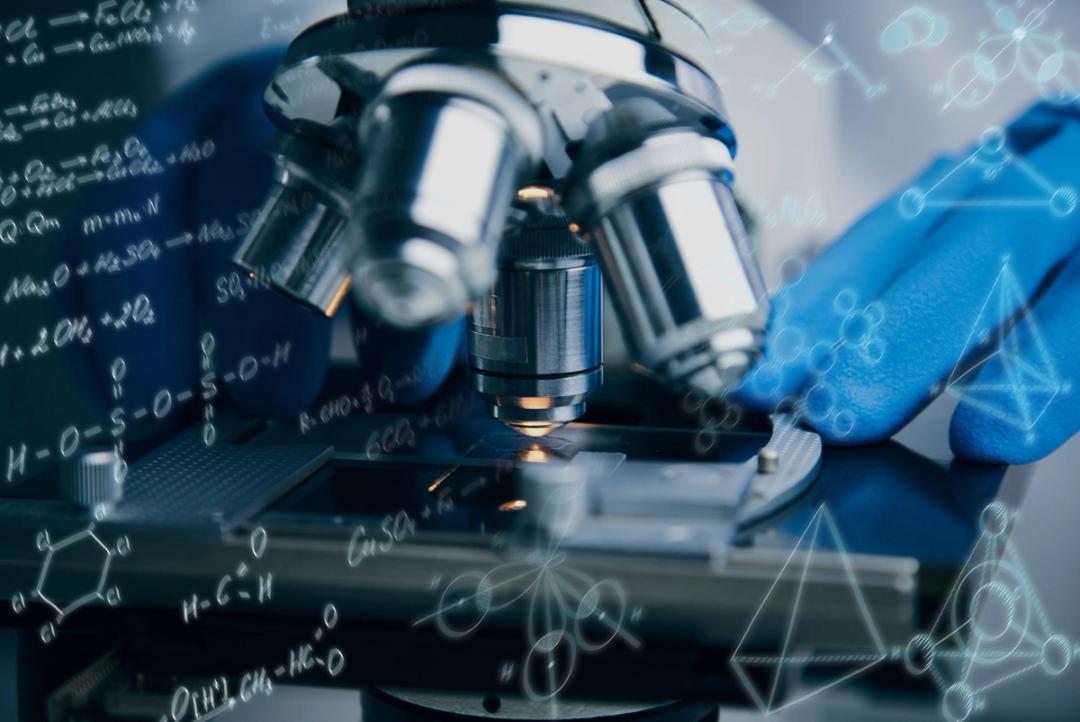
Raman spectroscopy was discovered by Sir C.V. Raman in 1928 to provide insights into molecular structures. Initially, the method faced challenges due to weak signal detection and interference from fluorescence and stray light. Early instruments utilized mercury arc lamps and photographic plates, requiring prolonged exposure times. The advent of lasers in the 1960s revolutionized the field, leading to the development of the first commercial Raman spectrometers in 1966. Watch the video to see how HORIBA has been at the forefront of Raman innovation for over 50 years, contributing significantly to advancements in this analytical technique.
Watch video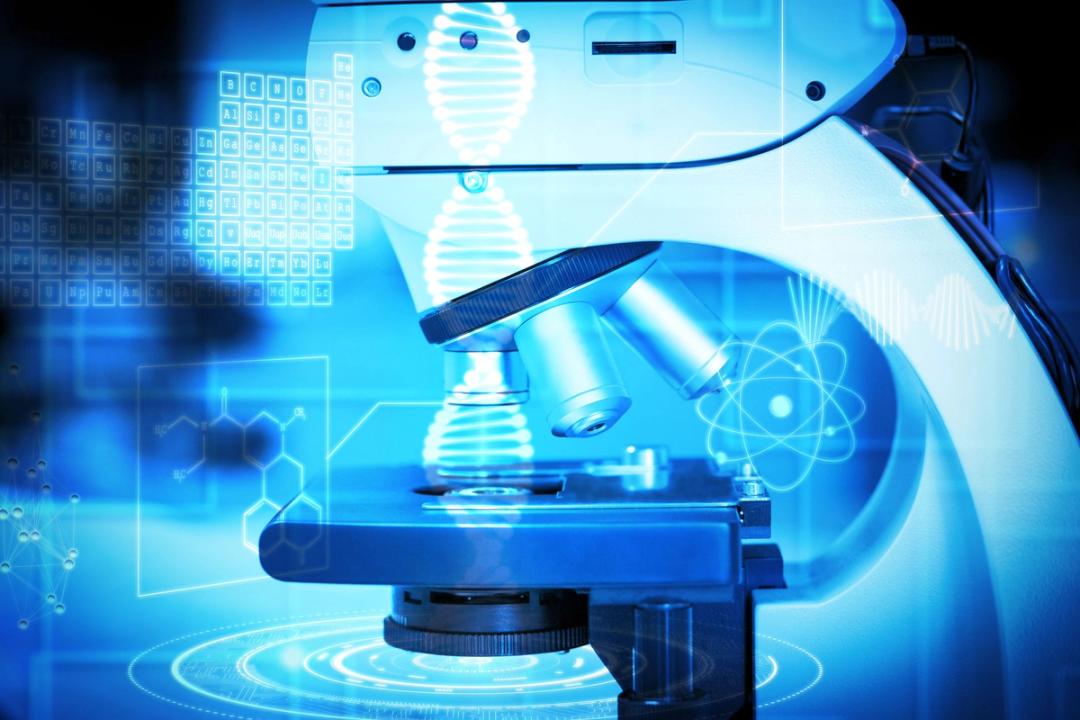
This handbook provides a detailed introduction to Raman spectroscopy. It explains the principles of Raman scattering, where laser light interacts with molecular bonds to produce unique spectral fingerprints. Applications span diverse fields, including pharmaceuticals, geology, life sciences, semiconductors, and materials science. The guide also highlights Raman’s qualitative and quantitative capabilities, microscopic spatial resolution, and non-invasive analysis for solids, liquids, and gases. Plus, it compares Raman with techniques like FTIR, XRD, and mass spectrometry, emphasizing its advantages in speed, sample preparation, and detailed molecular information. Advanced Raman systems like confocal microscopes, hybrid solutions, and ultra-fast imaging enhance its precision and versatility. Additionally, the handbook addresses sample requirements, system components, and cutting-edge advancements, such as tip enhanced Raman scattering (TERS) and transmission Raman spectroscopy (TRS), demonstrating its importance for modern research and industry applications.
Download guide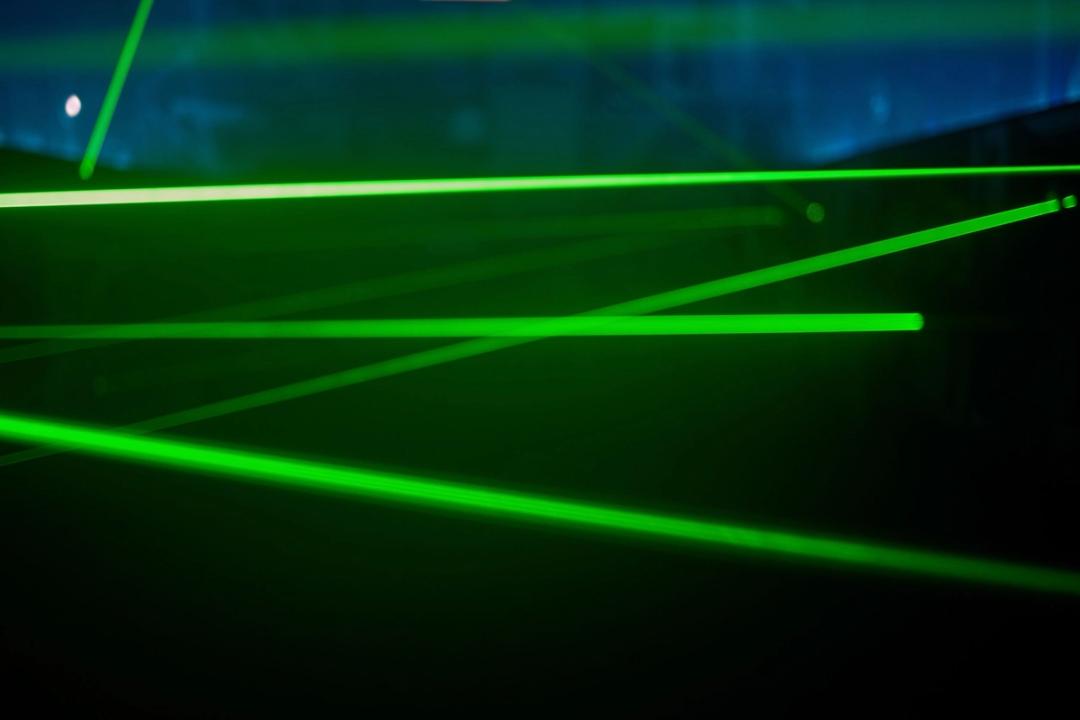
For a deeper understanding of Raman spectroscopy, watch Thibault Brulé, Raman Product Manager at HORIBA, as he unpacks the Raman effect through real-world examples. He explores the origins of this powerful phenomenon and demonstrates how Raman spectroscopy reveals essential insights into molecular structures and material properties. You'll gain a clearer understanding of how the technique works, what information it can uncover, and why it is such a valuable tool across scientific disciplines.
Watch webinar
Raman microscopy has evolved into a standard technique across a wide range of applications, shifting from a high-end method to one that is commonly used in many fields. With its growing adoption, there is an increasing demand for practical tips and specialized tools to support these diverse applications. These tools can include accessories and software specifically designed for different tasks. This video provides an in-depth look at the tools and accessories that enhance Raman microscopy for specific applications, such as polymers, microplastics, batteries, pharmaceuticals, and materials.
Watch webinar
Transforming industries, from materials science to phamaceuticals
Raman spectroscopy has emerged as a versatile and indispensable tool across a wide range of industries and scientific fields. In this section, we will explore the diverse applications of this powerful technique, demonstrating its relevance in areas such as analyzing cosmetics, characterizing polymers, and advancing lithium-ion battery research. By offering unique insights into molecular structures and chemical compositions, Raman spectroscopy continues to drive innovation and discovery across disciplines, making it an essential resource for researchers and professionals alike.
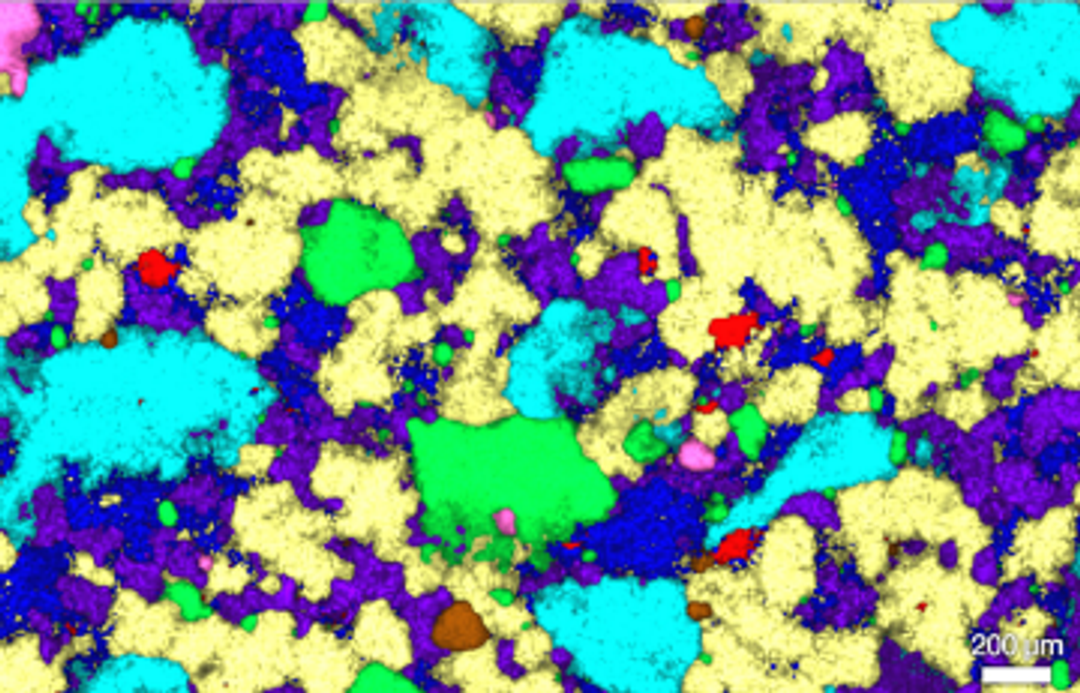
Ensuring product consistency and quality is crucial in the pharmaceutical and cosmetic industries. The distribution of active compounds within formulations like tablets, creams, and emulsions plays a key role in their effectiveness. Confocal Raman spectroscopy offers a powerful, non-destructive method for analyzing these products at a microscopic level, helping verify optimal compound distribution. Download the application note to explore how this technique enhances quality control, ensures product efficacy, and supports formulation development with precision.
Download resource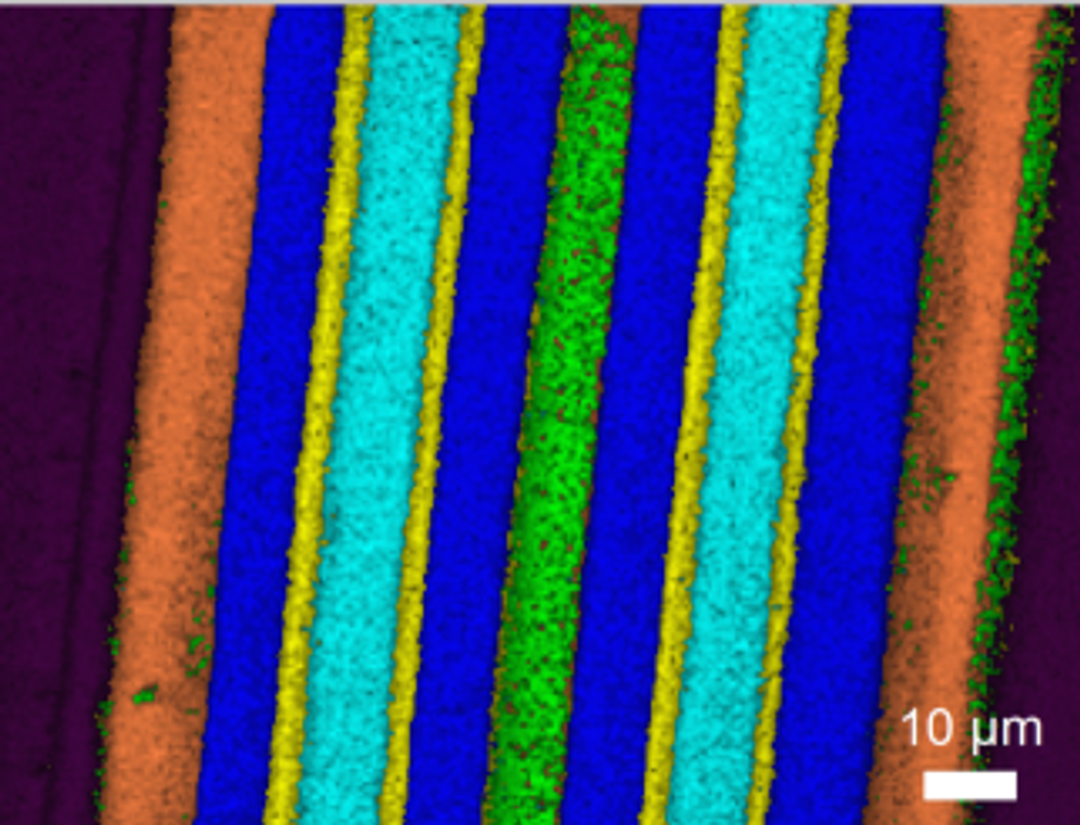
Polymer science requires precise analytical techniques to understand chemical and structural properties at the molecular level. HORIBA’s Raman microscopy solutions provide powerful tools for polymer characterization, aiding in research, quality control, and process monitoring. In this application note, HORIBA explains how its Raman microscopy solutions can enhance polymer research. Access expert insights, practical guidance, and real-world applications that will help you optimize your analysis and improve efficiency in your research.
Download resource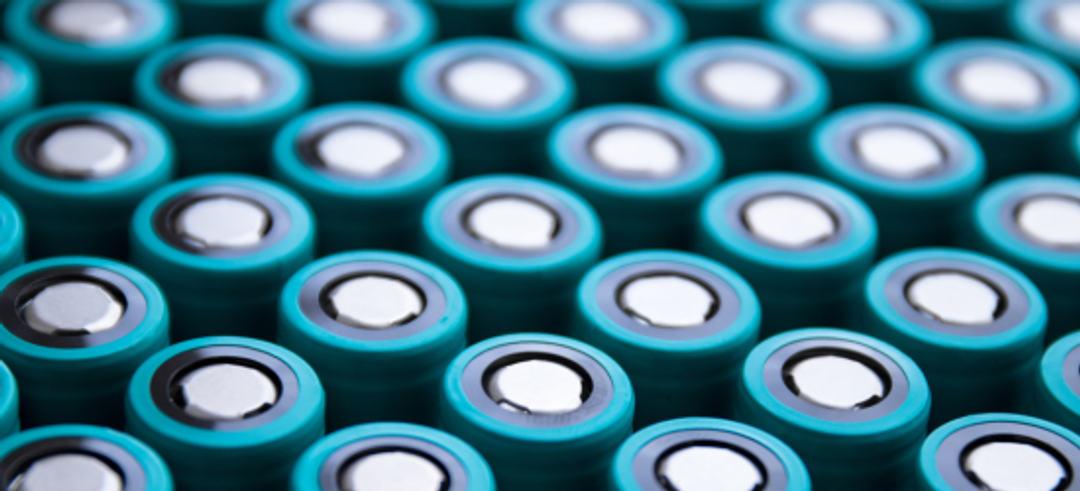
As demand for more powerful and efficient energy storage solutions increases, Lithium-ion batteries (LIBs) have become a central focus of research and development. Optimizing their performance requires understanding the structural and chemical changes occurring in cathodes and anodes during charge and discharge cycles. Raman spectroscopy is highlighted as a fast, contactless technique for analyzing real-time changes in battery materials. Download the application note to learn how this method helps to monitor charge/discharge cycles, support failure analysis, and characterize materials for next-generation energy storage solutions.
Download resource
Unlock the secrets of 2D materials
Raman spectroscopy plays a crucial role in the characterization of 2D materials, providing researchers with essential insights into their structural integrity, electronic properties, and overall performance. As a result, the study of these materials has become a major focus in materials science, driven by their unique properties and potential applications across electronics, photonics, and energy storage. These atomically thin structures offer extraordinary characteristics, making them key candidates for next-generation technologies.
Among them, graphene stands out for its exceptional electrical conductivity, thermal stability, and mechanical strength, positioning it at the forefront of innovation in multiple industries. Its remarkable properties have opened new possibilities for ultrafast transistors, microcircuits, and energy storage solutions.
In this section, we explore the significance of 2D materials, their distinct characteristics, and how Raman spectroscopy serves as an essential tool in their analysis and development.
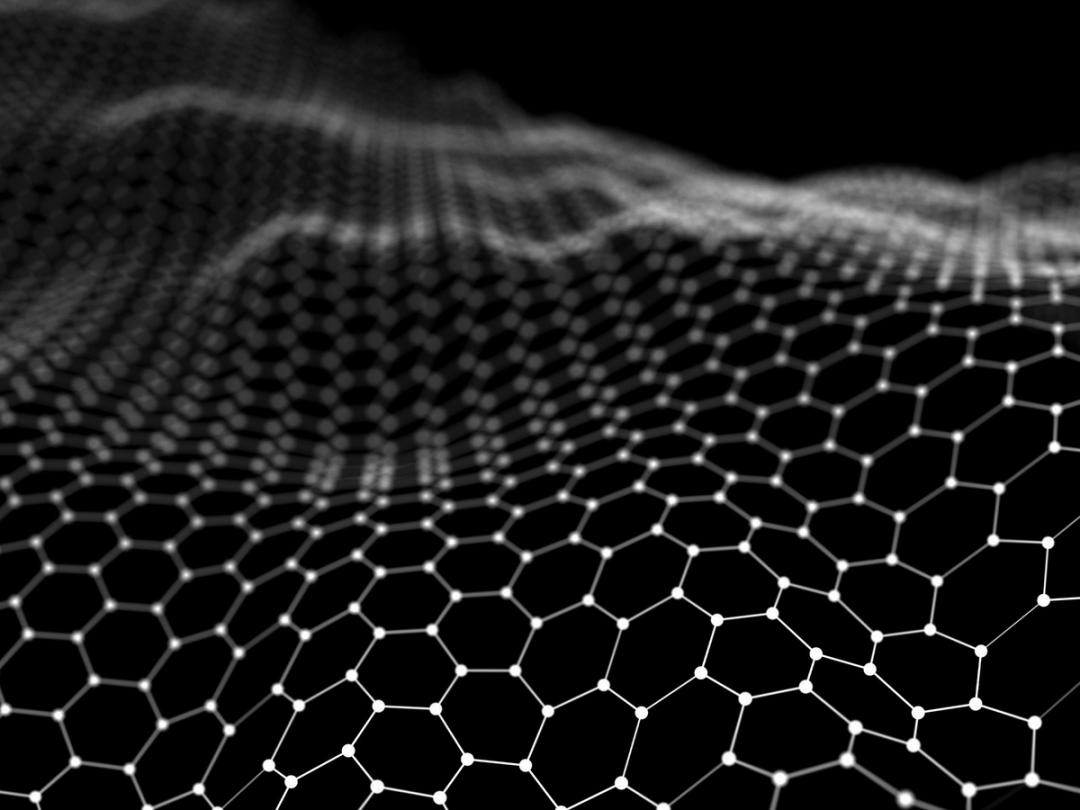
To fully harness graphene’s potential, precise characterization is essential. Accurately determining layer numbers, assessing disorder, and evaluating structural integrity is critical for advancing graphene-based technologies. Raman micro-spectroscopy has emerged as a gold-standard technique for this analysis, offering non-destructive, high-resolution insights into graphene’s properties. In this application note, HORIBA explores how Raman spectroscopy enables fast, accurate, and reproducible graphene characterization, helping researchers accelerate innovation in nanoelectronics. Download the full application note to learn more about how this technique can enhance your graphene research.
Download resource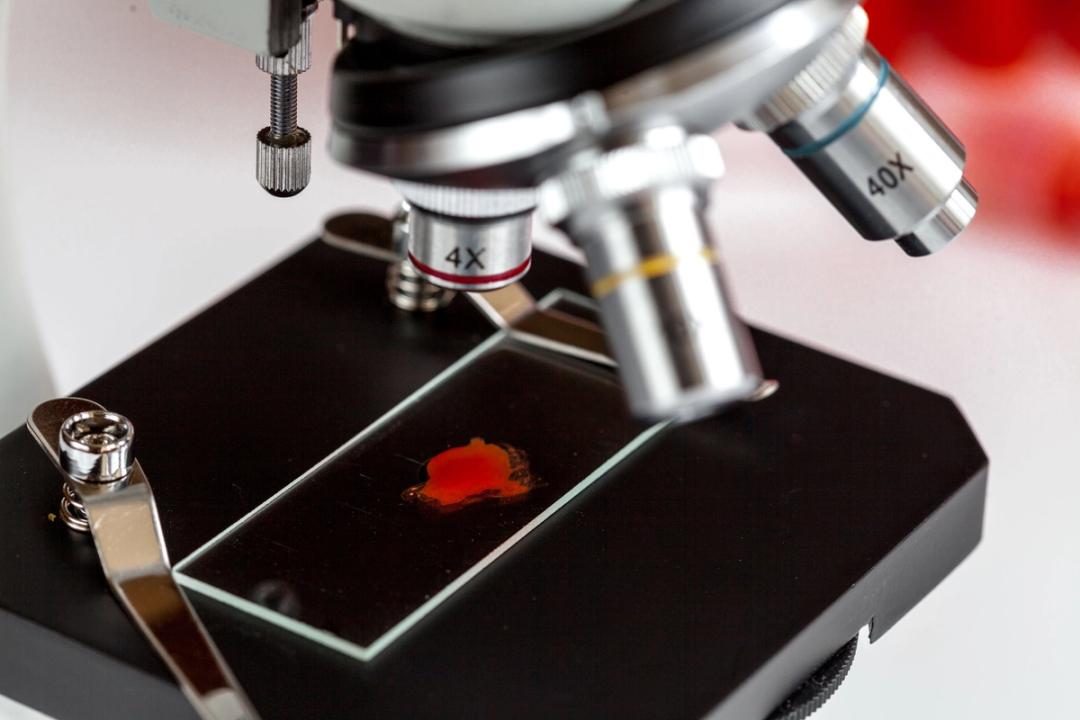
A high-performance Raman microscope is essential for unlocking the full potential of 2D materials like graphene, ensuring precise, reliable characterization. But what exactly makes a good Raman microscope? Factors such as spatial resolution, sensitivity, stability, and ease of use all play a crucial role in obtaining accurate and reproducible data. In this video, experts at HORIBA break down the key features that define a high-quality Raman microscope, and explain what researchers should consider when selecting the right system for their applications. Watch now to gain expert insights into optimizing your Raman analysis for graphene, 2D materials, and beyond.
Watch webinar
Innovative Raman solutions from HORIBA
As a pioneer in Raman spectroscopy, HORIBA has established itself as a leader in providing cutting-edge solutions for both academic research and industrial applications. With decades of expertise, HORIBA continues to push the boundaries of material characterization, offering advanced instruments that deliver unmatched precision, reliability, and ease of use.
In this section, we highlight two key Raman spectroscopy products from HORIBA that stand out for their performance and versatility. These solutions are designed to meet the unique needs of researchers and industry professionals, providing fast, accurate, and reproducible analysis for a wide range of applications.
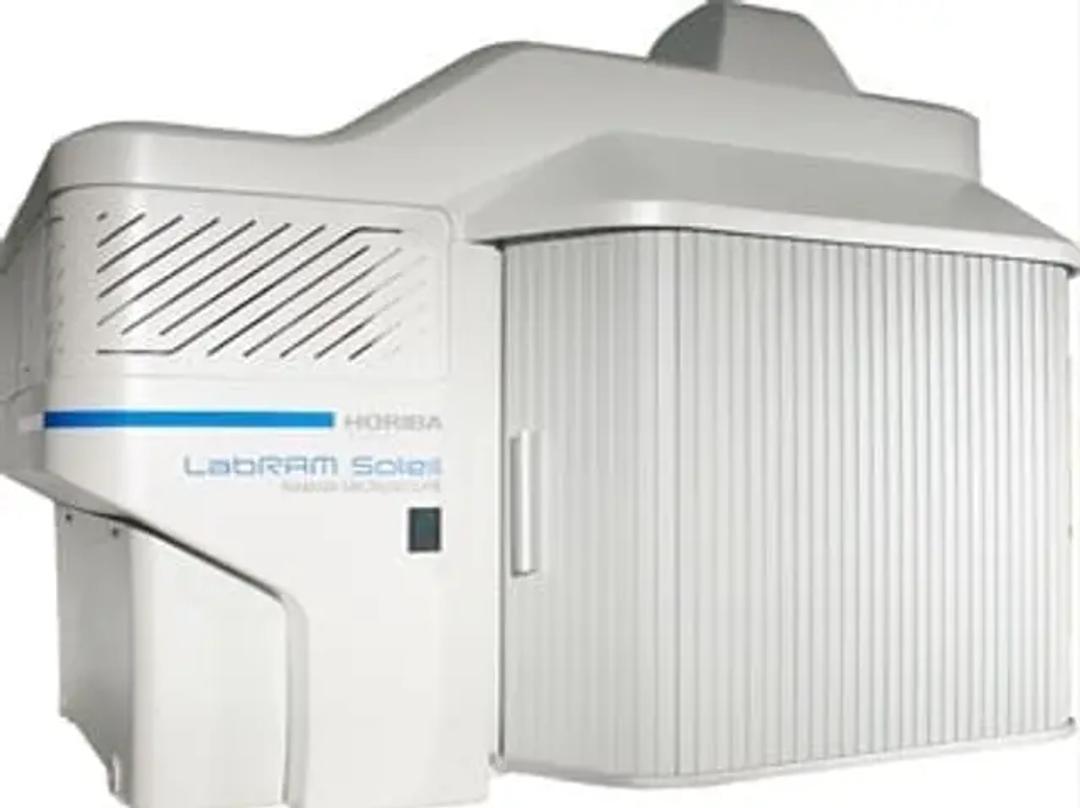
The LabRAM Soleil™ is a high-performance Raman microscope designed for advanced material characterization. With its superior resolution and cutting-edge technology, it delivers precise and reliable results for a wide range of applications, from 2D materials to biological samples.
View product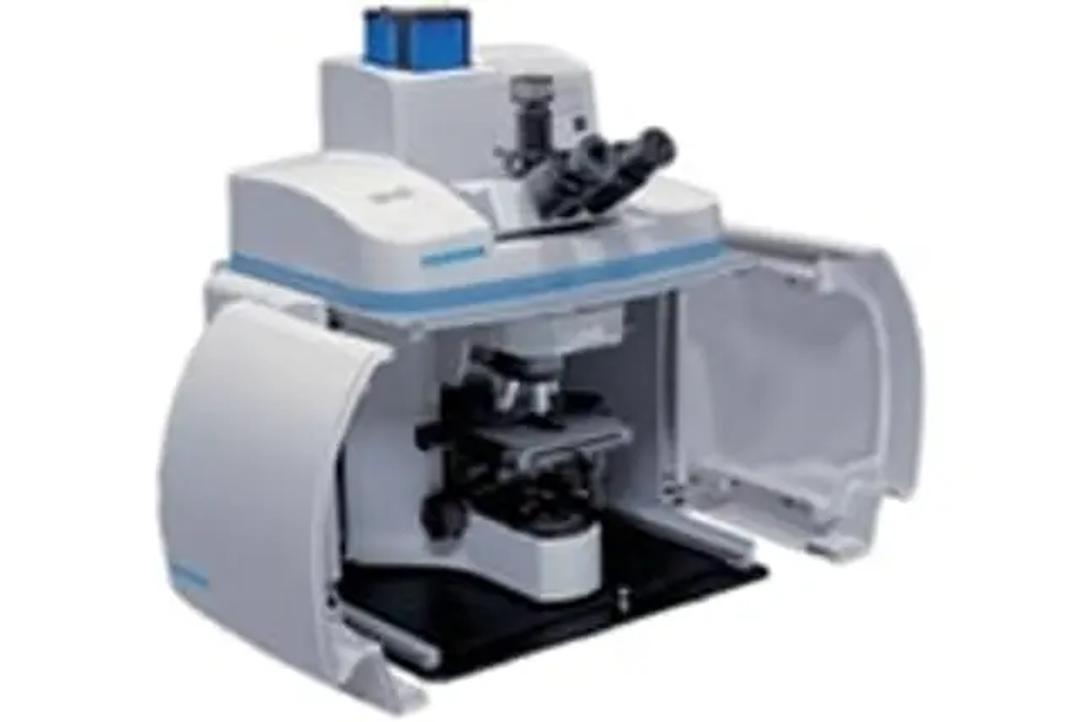
The XploRA™ PLUS is a versatile and compact Raman system offering high sensitivity and speed. Ideal for both routine analysis and complex research, it provides exceptional flexibility and can be easily integrated into various academic and industrial workflows.
View product